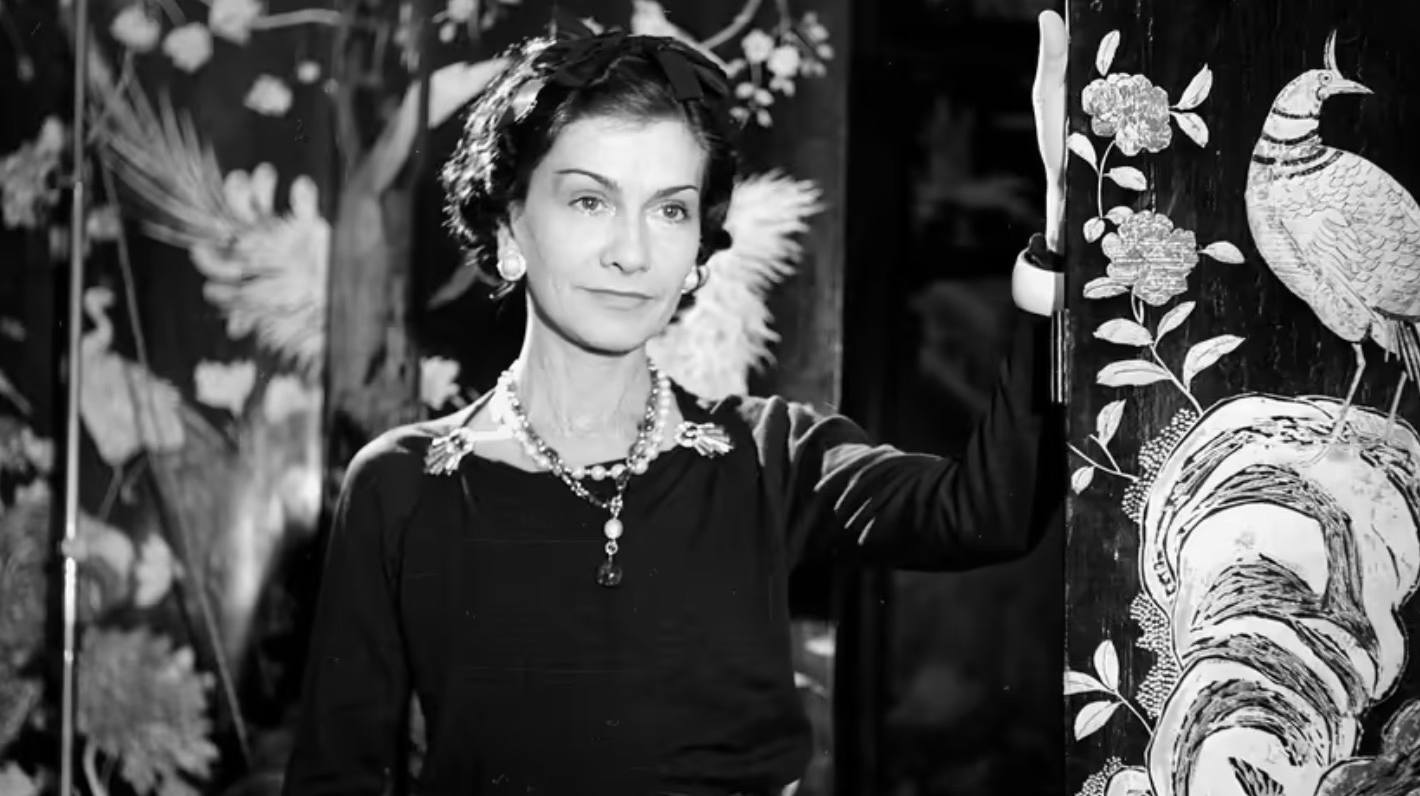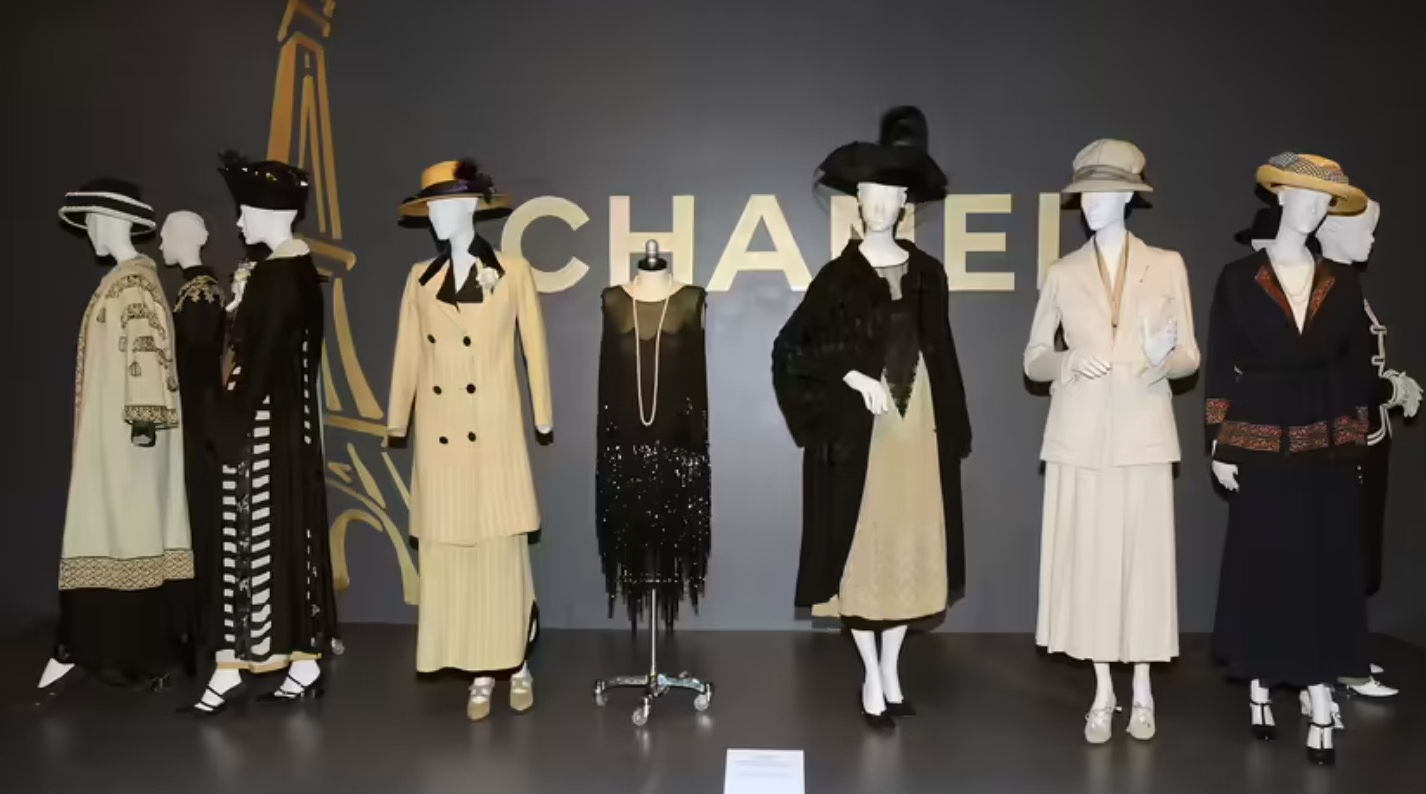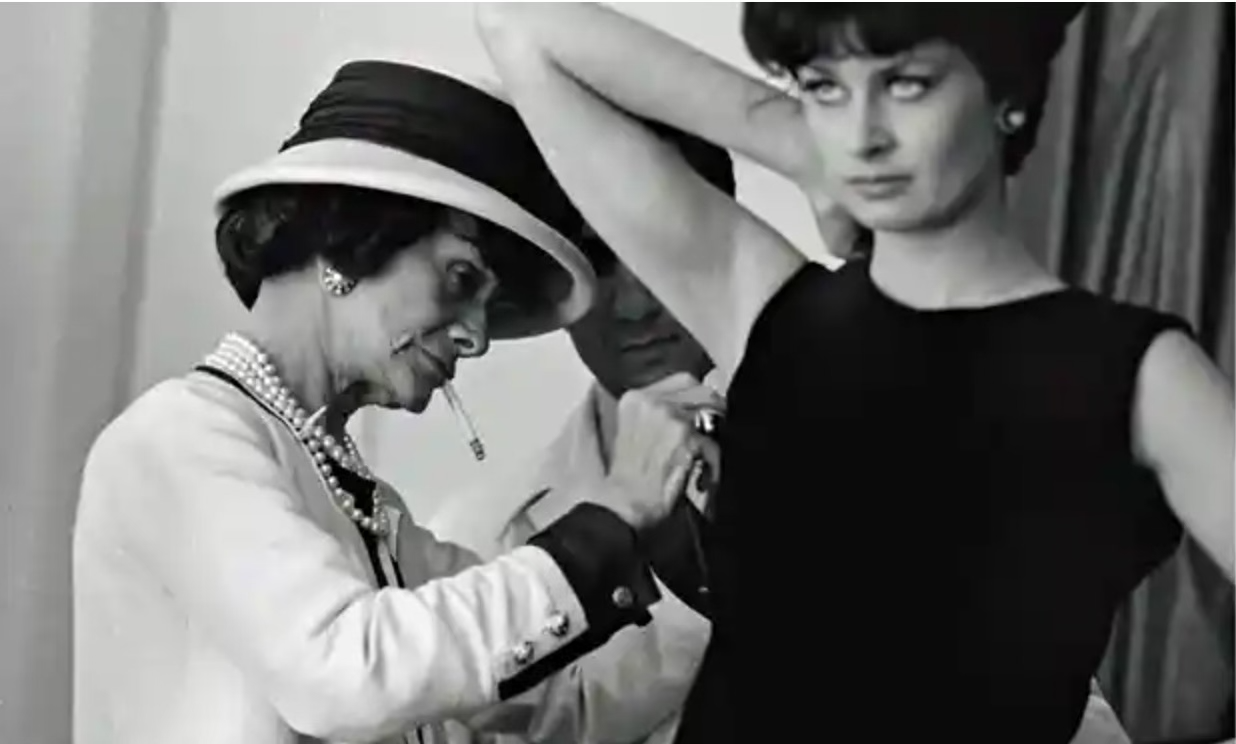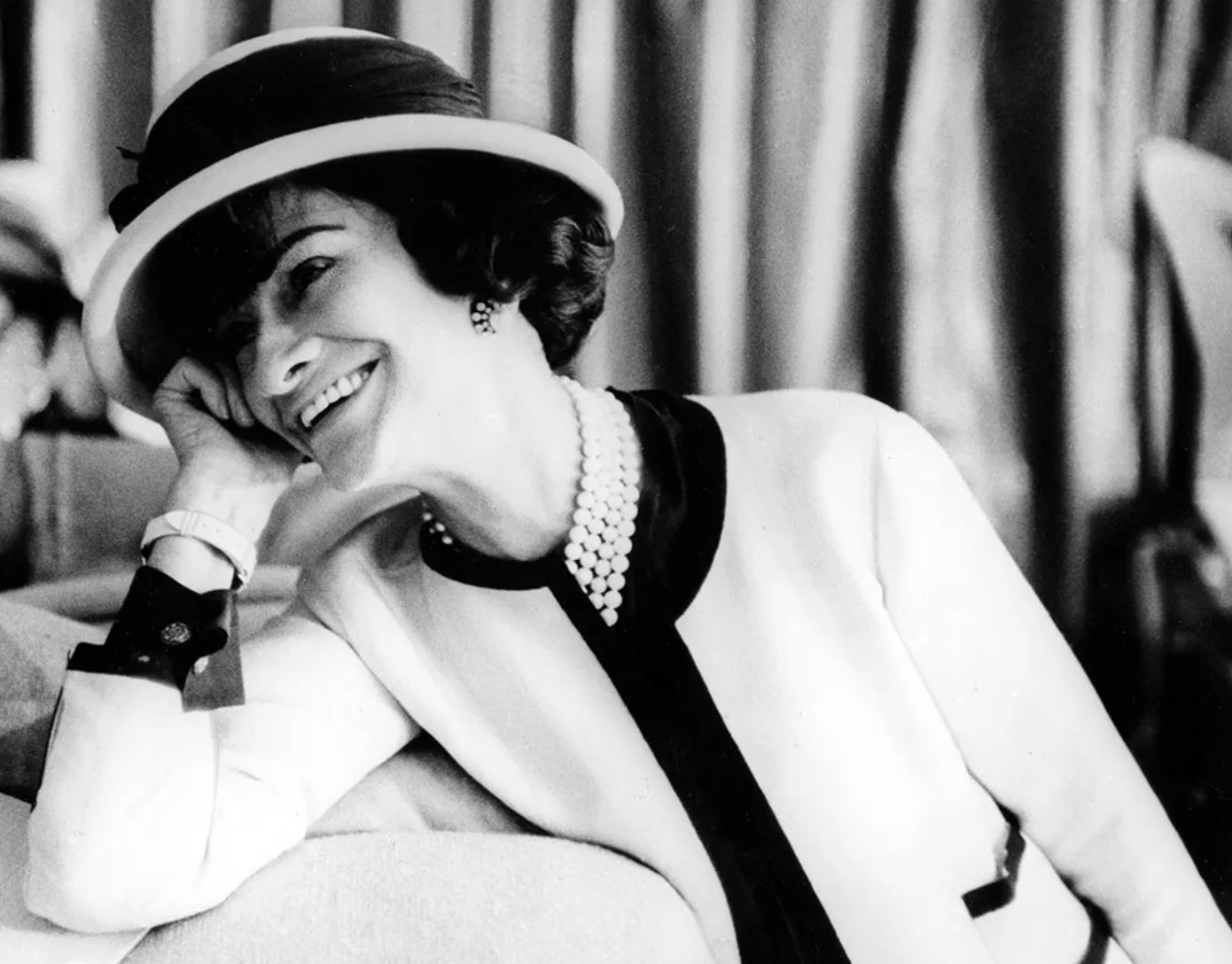Coco Chanel: Revolutionizing Women’s Fashion for Years to Come
Having a long-lived and fulfilling life, it is no question that Coco Chanel has made a legacy for herself. With so many pivotal avenues to discuss in her journey, it was hard to choose the focus of this article. As we know so much about her iconic fashion and creative designs, it seems her upbringing is overlooked. Now, for you luxury design enthusiasts, do not worry; we will look into Chanels’ classic designs dating back to the 1920s. However, a woman making such a prominent name for herself in the late 1800s is so significant that we simply cannot look past her societal accomplishments.
Coco Chanel was born in 1883 as “Gabrielle Bonheur Chanel” and started in a modest household. Contrary to belief, she was born into poverty, lacking the support to explore her talents from a young age. Shortly after her mother's passing, her father moved her into an orphanage. While this was an unfortunate and vulnerable time in her life, Chanel looked for a coping mechanism. Within the orphanage, she gained experience in sewing, something she soon fell in love with. Little did she know, this would be the start of a long career filled with couture, fabrics, and design. So how did thoughtless learning grow into the couture empire we know today? It was not a quick transition. With love for all things creative, Chanel began working as a singer at a local French cafe. In 1913, she ventured off as a millinery shop owner with the financial help of wealthy men she met along the way. While she focused on selling hats, she also decided to sell sportswear and jersey sweaters, appealing to the rich woman who wanted a break from the uncomfortable silhouettes of 1800s attire.
While this may seem insignificant, the jersey sweaters played a prominent role in her new innovative take on women's attire. Chanel once told famous author Paul Morand, “My fortune is built on that old jersey that I’d put on because it was cold in Deauville.” Yes, a simple sweater led to the revolutionary shift in womenswear - from tight and form-fitting corsets to comfortable yet elegant designs such as her male-inspired women's suits and, of course, the iconic little black dress. From then on, Chanel lived by the virtue, “luxury must be comfortable; otherwise, it is not luxury.” Her simplistic approach to couture maintains the feminine silhouette while pushing bounds into women's fashion that people had never seen before. By 1920, Coco Chanel was a top designer elevating this new story of style, combining comfort with beauty. From there, her trademark suits caught the eye of luxurious women who sought the pleasure of looking and feeling good in their clothing. She played with different fabrics and accessories, branching out her business to unimaginable lengths.
Seeing that fashion met no bounds, she experimented with the little black dress. The idea of using black fabric for something other than grief made the design so bold. Her designs symbolized growth, elegance and a certain flare that had not been seen before. “She always wanted to be called Mademoiselle, not Coco, or Madame, which you would expect to call someone of her age in France. And Mademoiselle was very hands-on,” said Jackie Kennedy, a top model displaying one of her black dress creations. Chanel designs always had one thing in common: a meticulous and thoughtful meaning from design to execution. And for that, she has become so successful.
While she made a name for herself, her legacy holds so much more. She reinvented the norm of womenswear in a time where little to no women had a voice and made exuberant changes in the perspective of cross-dressing and what was or wasn’t appropriate for women to wear. While breaking down societal boundaries, she kept a pristine and respected reputation, leaving room for the growth of designers to come. While her life came to an end in 1971, her name and designs will live on forever.



